Designated A Historic Landmark Of Agricultural Engineering The Massey-Harris No. 20 was the First Commercially- Successful Self-Propelled Combine Used to Harvest Small Grains Under a Wide Variety of Conditions, World-Wide. Engineered By Thomas Carroll, Chief Engineer, Aided by Robert Ashton and Albert Luke, Principal Assistants, it was First Marketed in 1938 by the Massey-Harris Company. This Combine Opened a New Era an Farm Mechanization and Revolutionized the Grain Harvesting Process. Forty-Four Years Later, This Same Harvesting Principle Continues to be Used Throughout the World.
1938
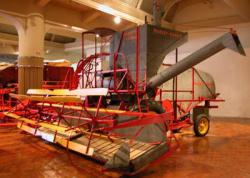
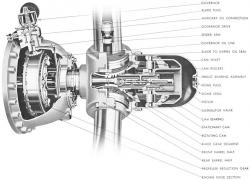
Bradley Intl. AirportWindsor LocksState: CTZip: 06096Country: USAWebsite: http://www.asme.org/about-asme/history/landmarks/topics-a-l/air-and-space-transportation/-149-hydromatic-propeller-%28ca--1938%29, http://files.asme.org/ASMEORG/Communities/History/Landmarks/5572.pdfCreator: Hamilton Standard
Rapid development of aircraft design in the 1930s required many related innovations, including propeller design. The hydromatic propeller by Hamilton Standard marked a significant advance over the counterweight-type, controllable pitch propeller. The first test flight of the prototype took place in 1938: the public demonstration was made by a United Air Lines DC-3 over New York City on April 6, 1938. It played a distinguished role in allied combat aircraft in World War II.
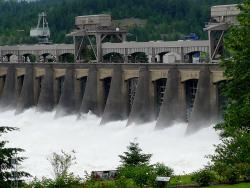
The Bonneville Dam, Columbia River Power and Navigation System consists of 55 major projects on Oregon's Columbia River and is said to be the largest hydroelectric system in the world.
The Columbia River forms part of the border between Washington and Oregon and flows inland through the only waterway that crosses the Cascade Mountains. To harness the energy of the ninth longest river in North America, engineers developed unique design and construction approaches to overcome problems caused by depth of water, current velocity, and an irregularly-shaped river bottom.
Innovations
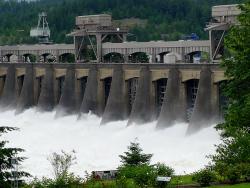
The Bonneville Dam, Columbia River Power and Navigation System consists of 55 major projects on Oregon's Columbia River and is said to be the largest hydroelectric system in the world.
The Columbia River forms part of the border between Washington and Oregon and flows inland through the…
Read More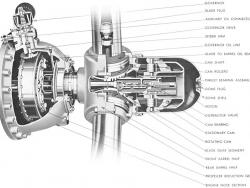
Rapid development of aircraft design in the 1930s required many related innovations, including propeller design. The hydromatic propeller by Hamilton Standard marked a significant advance over the counterweight-type, controllable pitch propeller. The first test flight of the prototype took place…
Read More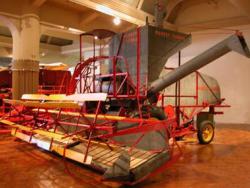
Designated A Historic Landmark Of Agricultural Engineering The Massey-Harris No. 20 was the First Commercially- Successful Self-Propelled Combine Used to Harvest Small Grains Under a Wide Variety of Conditions, World-Wide. Engineered By Thomas Carroll, Chief Engineer, Aided by Robert…
Read More

